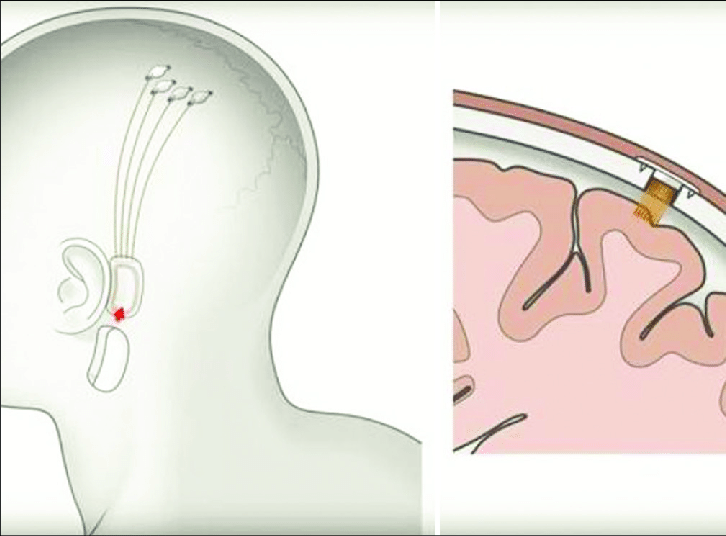What are BCIs?
Brain-Computer Interfaces are systems that establish a direct communication pathway between the brain and an external device (e.g., a computer, robotic arm, or prosthetic limb). They translate neural signals—like the electrical activity of neurons—into commands that machines can understand and act on.
BCIs have the potential to:
- Restore movement to people with paralysis or spinal cord injuries.
- Enable communication for individuals with conditions like ALS or locked-in syndrome.
- Control robotic limbs or prosthetics in real time.
- Treat neurological conditions, like depression or epilepsy, using closed-loop stimulation systems.
- Eventually, enhance cognitive functions or merge human thinking with AI.
Key Technologies Behind BCIs
-
Electroencephalography (EEG)
- Non-invasive, measures brainwaves via electrodes on the scalp.
- Common in current research and commercial applications (e.g., gaming headsets, meditation tools).
-
Electrocorticography (ECoG)
- Electrodes are placed on the surface of the brain (under the skull).
- Higher resolution than EEG, but more risky.
-
Intracortical Implants
- Tiny electrodes are implanted into the brain tissue itself.
- Offers the most precise control but comes with surgical risks.
- Neuralink, for example, uses ultra-thin electrode threads implanted in the cortex.
Recent Breakthroughs (2024–2025)
- Neuralink (Elon Musk’s company) got FDA approval for human trials and successfully implanted its device in a patient who could control a computer cursor with thoughts.
- Synchron (another BCI company) uses a stentrode (electrodes implanted via blood vessels, less invasive than brain surgery) and showed that paralyzed individuals can send texts or browse the web by thinking.
- Researchers at Stanford and UC San Francisco developed a BCI that translates brain signals into speech in real time—potentially game-changing for people who’ve lost the ability to speak.
Applications Being Explored
| Area | Example Use Case |
|---|---|
| Motor Restoration | Control of wheelchairs, robotic limbs, or exoskeletons |
| Communication | Thought-to-text systems for people with ALS |
| Sensory Feedback | Artificial vision or tactile feedback for amputees |
| Neurorehabilitation | Stroke recovery via brain training and stimulation |
| Mental Health | Closed-loop BCIs to detect and disrupt depressive brain activity |
Challenges
- Signal stability: Neural signals can degrade over time with implants.
- Surgical risks: Invasive BCIs require brain surgery.
- Ethical concerns: Privacy of thought, mind-hacking, cognitive liberty.
- Scalability: Making these devices widely available and affordable.
The Future
There’s a huge push to make BCIs smaller, wireless, safer, and more intuitive. The long-term vision includes:
- Brain-to-brain communication (telepathy-like experiences)
- AI-enhanced cognition
- Neural prosthetics for memory or emotional regulation
